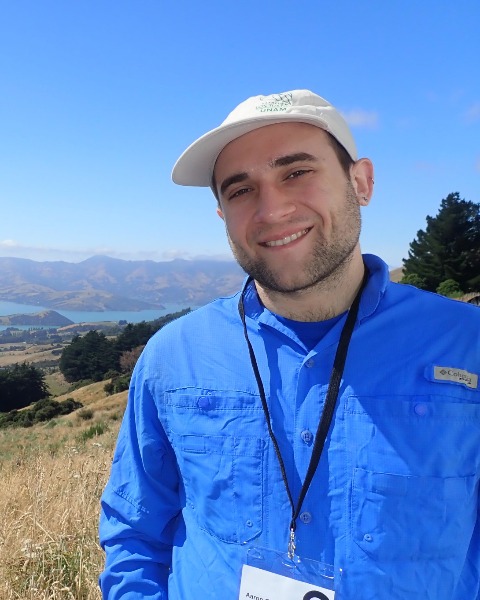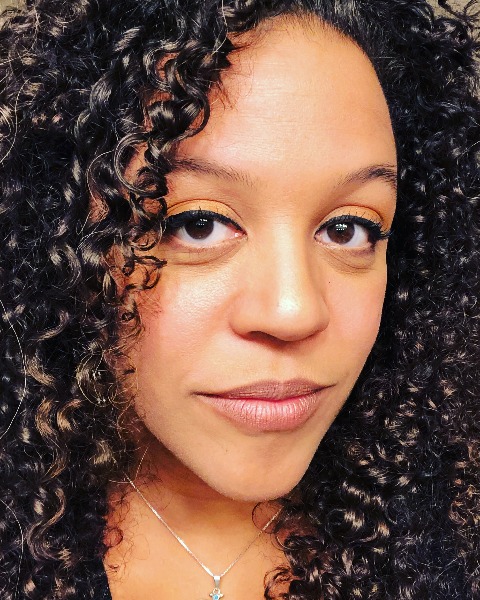Student 10-Minute Presentation
Systematics, Evolution, and Biodiversity
Student
Student Competition
Systematics of emerald and tigertail dragonflies (Anisoptera: Synthemistidae, Corduliidae)

Aaron M. Goodman
Graduate Student
American Museum of Natural History
New York, New York
Jessica L. Ware, Ph.D. (she/her/hers)
Curator and Division Chair
American Museum of Natural History
Cranbury, New Jersey
Presenting Author(s)
Co-Author(s)
Low phylogenetic support within Synthemistidae in prior studies was likely due to a lack of enough molecular data, and placement of tentative species fluctuates between Synthemistidae, and its sister family Corduliidae (Emeralds) due to low molecular resolution. The aim of this project is to resolve the systematics of Synthemistidae and Corduliidae by utilizing Anchored Hybrid Enrichment (AHE) probes which give phylogenetic signal at genus level resolution. Currently, we have sequenced all genera of both families except for three genera from Corduliidae and one within Synthemistidae, with over 60% species coverage. Micromidia, Austrocordulia, and Cordulephya form a supported clade. These three taxa had previously been denoted as Austrocorduliidae, but this family was sunk within Corduliidae in prior works. As in past works, the Australian synthemistids form a supported clade (Synthemistidae sensu stricto) with the South American genus Gomphomacromia being the sister clade.

.png)

